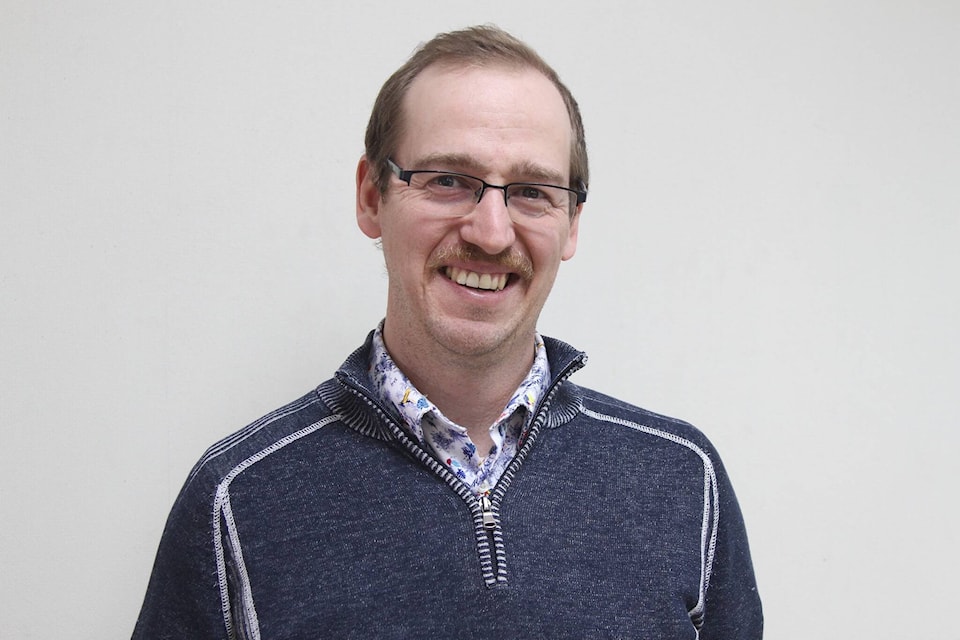In my white, suburban, middle-class upbringing, the idea of truth and reconciliation never entered our lexicon.
We lived far away from any Indigenous communities and few conversations were ever had about what had happened at residential schools or with indigenous people.
When I think back really hard, I remember our old history books in middle school covering the basic concept of what settlers did to indigenous people when they first arrived in Canada. But as far as I knew at the time, that was pretty much the end of it. It was a long time ago and that’s just how people operated back then.
Problematic, in hindsight, but, I was a middle school kid growing up in Southern Ontario, I didn’t know better.
There were vague references to reserves and where to get cheap cigarettes when we drove up north to Sault St. Marie, but again it wasn’t a very deep historical look at the issue.
The first time I remember hearing about Indian residential schools was in my early 20s when I believe my mom suggested I read Indian Horse. for those who don’t know, Indian Horse is a novel by Richard Wagamese, telling the story of a First Nations boy who grew up in the residential school system, becoming a talented hockey player, all the while trying to manage past traumas.
I think my mom just finished the book and she loves giving me book recommendations, so we can share our thoughts on it. As a lifelong student, I was horrified. How could I have avoided learning about this tragedy for two decades? As an academic who had a deep desire to learn about history, how could an event so monumental in our country slip through the cracks?
From there I learned everything I could. I listened to Stephan Harper’s apology to residential school survivors, I read the Truth and Reconciliation Calls to Action containing numerous suggestions on how our country could make amends.
On Canada Day in 2021, there was a markedly different tone in our nation. It was just over two months after the unmarked graves of what is believed to be residential school survivors were found in Kamloops.
The wound in Canada was ripped wide open. I was always such a prideful Canadian and loved celebrating Canada Day. I was working that day in 2021 in Red Deer and remember there simply being no grand party or celebration to honour Canada, which was mostly due to the COVID-19 pandemic. But it also felt like our country was taking a pause to reflect on the horrors experienced by those who were forced to attend residential schools.
I met a woman that day, downtown Red Deer with a small sign, expressing her condolences for the families of the children that were likely buried in that Kamloops mass grave. We both reflected on our privilege and how deeply we had been impacted by the news of the situation in Kamloops.
Last summer, as I drove through the lower mainland and onto Vancouver island, my fiancée and I were periodically greeted by red dresses hanging on trees at the side of the highway. It was a stark reminder of the tragedy. That memory is burned in my mind and offered a deep moment of reflection about the tragedy at the time and any other time I think about that area. It hurts my heart to think of the experience of those children and the others who survive.
And now the question that keeps getting asked is how can we heal? How can we help sow up that gaping wound?
There isn’t an easy answer.
There is significant intergenerational trauma in the indigenous community, passed on from residential school survivors to members of their family and community. It will take decades of support to help them heal. It won’t be a linear process— it won’t happen overnight.
We saw even this week, where Alberta’s Office of Youth and Children Advocate, told the province about the loss of 15 children, mostly indigenous while under government care. CHILD WELFARE, is literally the FIRST call to action in the Truth and Reconciliation Calls to Action report. THE FIRST. And here we are, more than a decade later, not doing the very thing to help those impacted by these tragedies.
We have had a papal apology, right here in Central Alberta. Some say that is a good place to start reconciliation, others are still waiting for more action.
The Canadian government has done bits and pieces but has in no uncertain terms committed near the resources or support needed to deal with this problem.
A day of truth and reconciliation is a start.
Communities are now starting to hold events in recognition of that day and it is the very beginning of the healing. That’s the thing about healing, it’s a process and as much as there’s a start to it, it’s not like a book or a movie. It doesn’t end after 90 minutes or 300 pages.
It’s a rollercoaster ride, with no distinct timeline or roadmap. Maybe only time can heal that chasm, but if we refuse to try and help, we’re no better than the perpetrators who ripped the world of indigenous people open in the first place.
So, buy an orange T-shirt and ask how you can help. Learning may be a start. Sometimes in the long journey to healing, it’s the best place to start. As a collective, it’s going to take a monumental effort to reconcile the tragedy, that for some ended less than two decades ago. We are all Canadian, indigenous or otherwise and this is in all of us to help right this wrong.
Byron Hackett is the Managing Editor of the Red Deer Advocate.
